Your Hair Hates Winter. Here’s How to Fix It.
You know, after years of standing behind a salon chair, you start to see the seasons change in people’s hair. I don’t even need to look at a calendar to know when winter has truly hit. The hair that felt silky and cooperative in September starts to feel… different. It gets lighter, strangely airy, and carries that crackling static charge that makes it float around your head. I start seeing more split ends, hearing more complaints about dryness, and noticing a general lack of shine and life. This isn’t just in your head; it’s a real, physical change in your hair.
In this article
A lot of people think slapping on a winter hat is enough. Maybe they’ll grab a moisturizing shampoo and call it a day. But honestly, the problem is way more complex than that. The real damage comes from the wild swings in our environment—going from bone-dry indoor heating straight into the cold, sometimes damp, outdoor air. That constant back-and-forth is what puts your hair through the wringer. My goal here isn’t just to give you a list of tips. It’s to help you understand why your hair is freaking out, so the solutions actually make sense.

The Real Reason Your Hair Gets Frizzy, Brittle, and Staticky
To really get a handle on this, we need to geek out for a second on what’s happening at a microscopic level. Your hair’s health is all about its relationship with water, and winter totally messes with that relationship.
Think of your hair’s outer layer, the cuticle, as tiny shingles on a roof. When your hair is healthy, those shingles lie flat, creating a smooth surface that reflects light (hello, shine!) and locks moisture inside. But central heating blasts our homes with super-dry air, which acts like a sponge, sucking that moisture right out of your hair. As the moisture leaves, those tiny shingles lift up and get rough. Suddenly, your hair looks dull, and those raised shingles snag on each other, your brush, and your scarf, leading to tangles and breakage.
Then there’s the static. That annoying, floaty hair is just basic physics. Dry hair is a terrible electrical conductor. When it rubs against your wool hat or synthetic coat collar, it loses electrons and gets a positive charge. Since every hair on your head now has the same charge, they repel each other, just like magnets. Poof! You’ve got static head. Moisturized hair, on the other hand, can dissipate that charge quickly, which is why it’s not a big deal in the humid summer months.
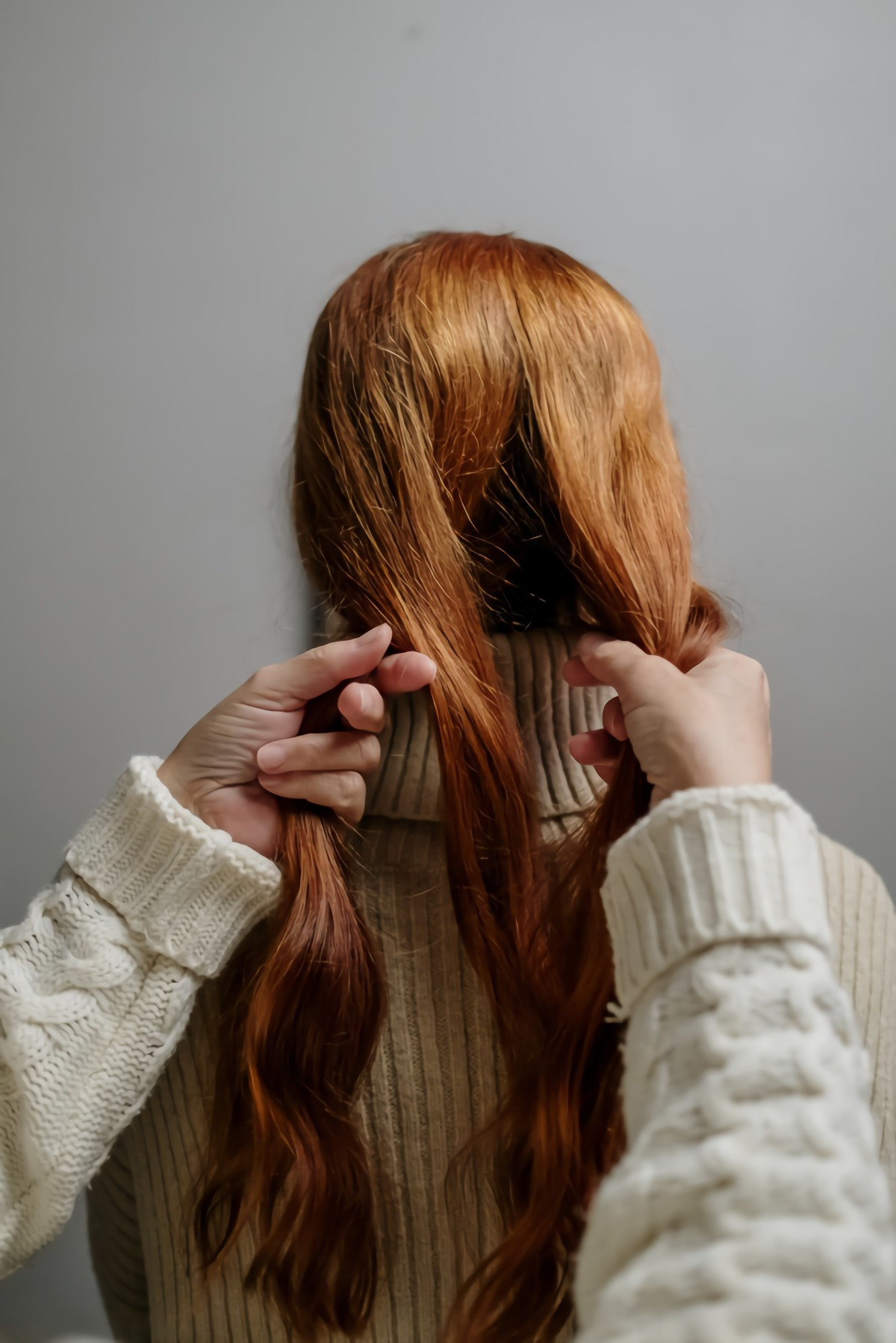
Your New Winter Wash Routine
The foundation of great winter hair care starts at the sink. The goal is to cleanse your hair without stripping it of the natural oils, called sebum, that act as its built-in waterproofing and conditioner.
First off, you might need to wash your hair less. I see this all the time—clients who wash their hair daily in the summer continue that routine into January, and it becomes a disaster. Over-washing strips away that protective sebum, and your hair gets brittle and dry. Try to extend the time between washes by a day. A good dry shampoo is your best friend here. Just spray it at the roots from about 10 inches away, let it sit for a minute to absorb the oil, and then massage it in.
Next, let’s talk shampoo. Many drugstore shampoos use harsh detergents called sulfates (look for Sodium Lauryl Sulfate on the label) that are just too aggressive for compromised winter hair. It’s time to switch to a gentler, sulfate-free formula. You don’t have to break the bank, either. For a great budget-friendly option you can find at Target, look for something like Aveeno’s Oat Milk Blend Shampoo (around $9). If you want to invest in a salon-quality product that pros swear by, Pureology Hydrate is a fantastic choice (closer to $35).
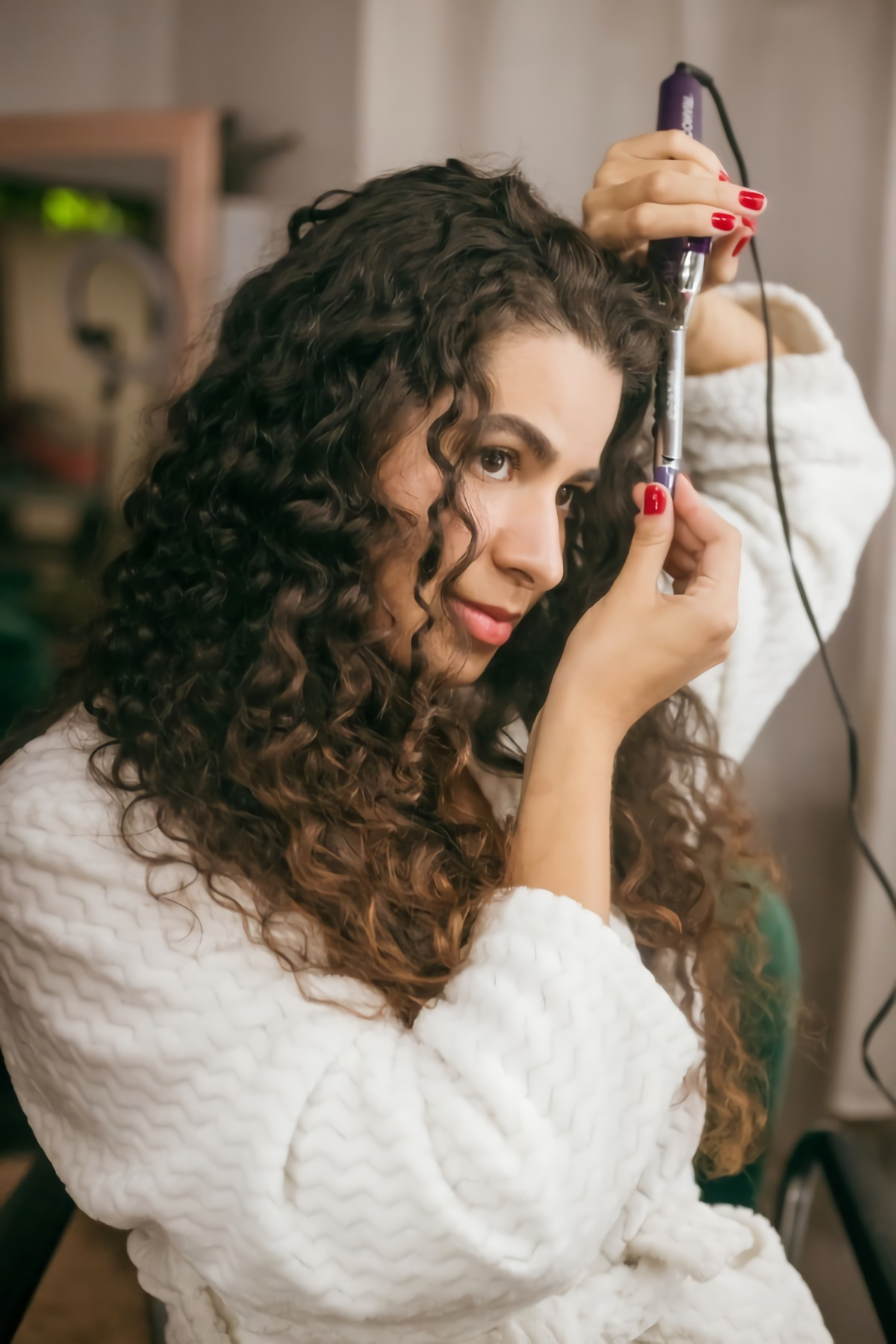
Oh yeah, and turn down the heat! Hot water feels amazing, but it swells the hair cuticle, letting more moisture escape. Wash with lukewarm water and finish with a quick cool rinse to help seal those shingles back down flat.
How to Actually Moisturize Your Hair (The Pro Way)
Conditioning in winter isn’t just about globbing on a thick cream. It’s about layering different kinds of moisture. A common mistake is just putting oil on dry hair; it might look shiny for a minute, but you’re just coating a dry strand instead of hydrating it.
Here’s the simple, three-step layering technique we use in the salon:
- Step 1 (Hydrate): After you’ve gently towel-blotted your hair, the first thing you need is water-based hydration. Spritz on a light, watery leave-in conditioner. This gives your hair the drink of water it’s craving.
- Step 2 (Smooth & Soften): Next, apply a creamy product with emollients like shea butter or oils. This makes the hair feel smooth and flexible.
- Step 3 (Seal): Finally, lock it all in. Apply a very small amount of a serum or oil, focusing on the mid-lengths and ends. Products with a little bit of silicone (like dimethicone) are fantastic for this, as they create a lightweight barrier against the dry air.
Heads up for fine hair! If your hair gets weighed down easily, you can still do this. Just use a very light touch. A spray-on leave-in and a single drop of a lightweight oil or serum on your very ends is all you need. A spray-on oil can be your best friend!
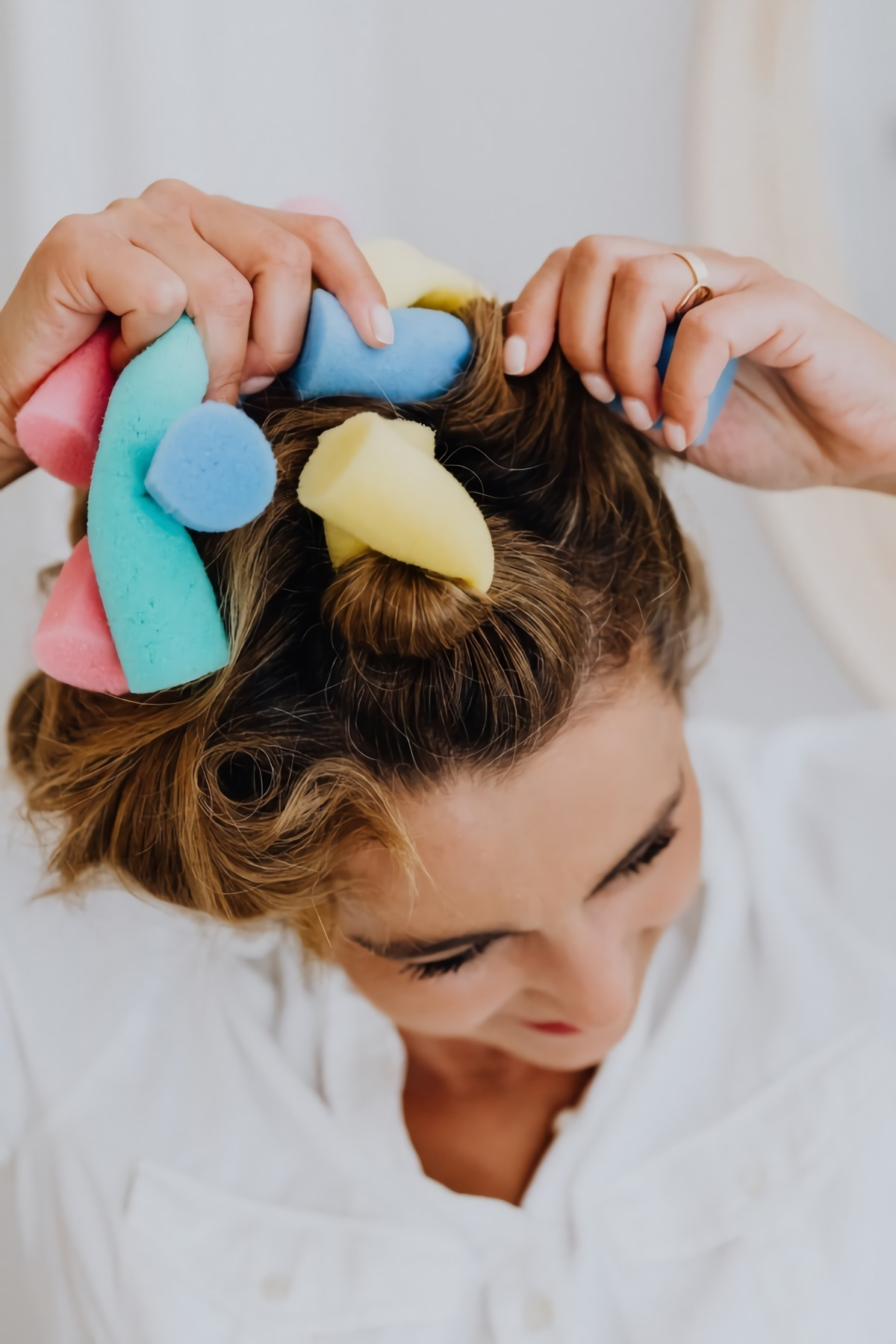
Your Clothes Are Damaging Your Hair
Let’s be real, we pick our winter clothes for warmth, not because they’re gentle on our hair. Those cozy wool scarves and chunky knit sweaters are major culprits for friction damage.
The easiest fix is to line your favorite winter hat with silk or satin. It creates a smooth barrier that your hair can glide against, which dramatically cuts down on breakage and static. You don’t need to be a sewing expert! You can find pre-lined satin beanies on Amazon or Etsy for about $20-$40. For a DIY fix, just buy a cheap silk scarf or a small piece of satin and use fabric tape (you can get it at any craft store) to secure it inside your hat. No sewing required!
Protective styles are also a game-changer. Leaving your hair down exposes every strand to dry air and friction. Simple styles like a loose braid or a low bun keep the ends tucked away and safe from rubbing against your coat collar all day. And please, please switch to a silk or satin pillowcase. A cotton pillowcase literally pulls moisture out of your hair all night long. A good satin one costs as little as $20-$30 on Amazon, and it’s probably the single best investment you can make for your hair’s health, any time of year.
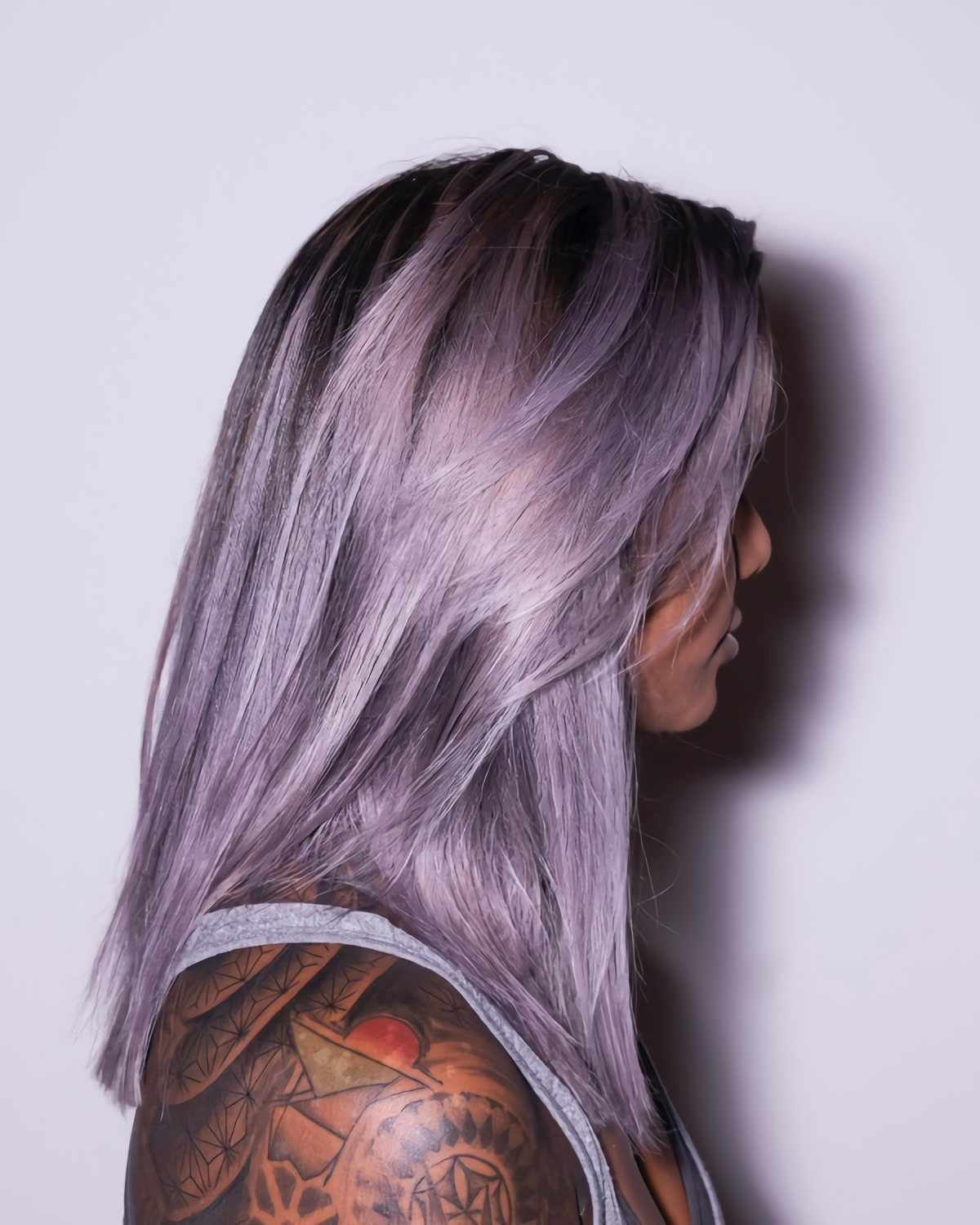
The Protein vs. Moisture Test
Sometimes, even with all the moisture in the world, hair can still feel off. This is usually about the delicate balance between protein (which gives hair strength) and moisture (which gives it flexibility). Using the wrong one can make things worse. Because people hear hair is made of protein, they sometimes go overboard with protein treatments, making their hair rigid and brittle.
Here’s a quick and easy way to diagnose what your hair is thirsty for. Take a single strand of hair that has naturally shed, and gently stretch it:
- If it snaps almost immediately with no stretch, your hair is brittle and desperately needs MOISTURE. Focus on hydrating masks, leave-in conditioners, and the layering technique.
- If it stretches and stretches, feels a bit mushy or gummy, and doesn’t bounce back, your hair is over-moisturized and lacks structure. It needs PROTEIN. A protein treatment once or twice a month should do the trick.
For most people in the winter, the problem is a lack of moisture. So, start there before you reach for the heavy protein packs.

Feeling Overwhelmed? Start With These 3 Things Today.
I know this is a lot of information, so if you’re going to do anything, do this. These are the quick wins that make the biggest difference right away.
- Turn down the shower temp. Wash and rinse with lukewarm water, and finish with a shot of cool water on your hair. It costs nothing and helps immensely.
- Sleep on it. Put your hair in a loose braid or bun before you go to bed tonight. This will protect it from tangles and friction.
- Order a satin pillowcase. Seriously. It’s the best $25 you’ll ever spend on your hair. You’ll notice a difference in frizz and dryness within a few days.
A Final, Crucial Warning
This is more than just an old wives’ tale. NEVER, EVER go outside with wet hair in freezing temperatures. Water expands when it freezes. If that water is inside your hair shaft, it will expand and physically fracture your hair from the inside out. I have seen the devastating breakage this causes, and it is not fixable—the damaged hair has to be cut off. It doesn’t matter if you’re just running to your car. Don’t do it.
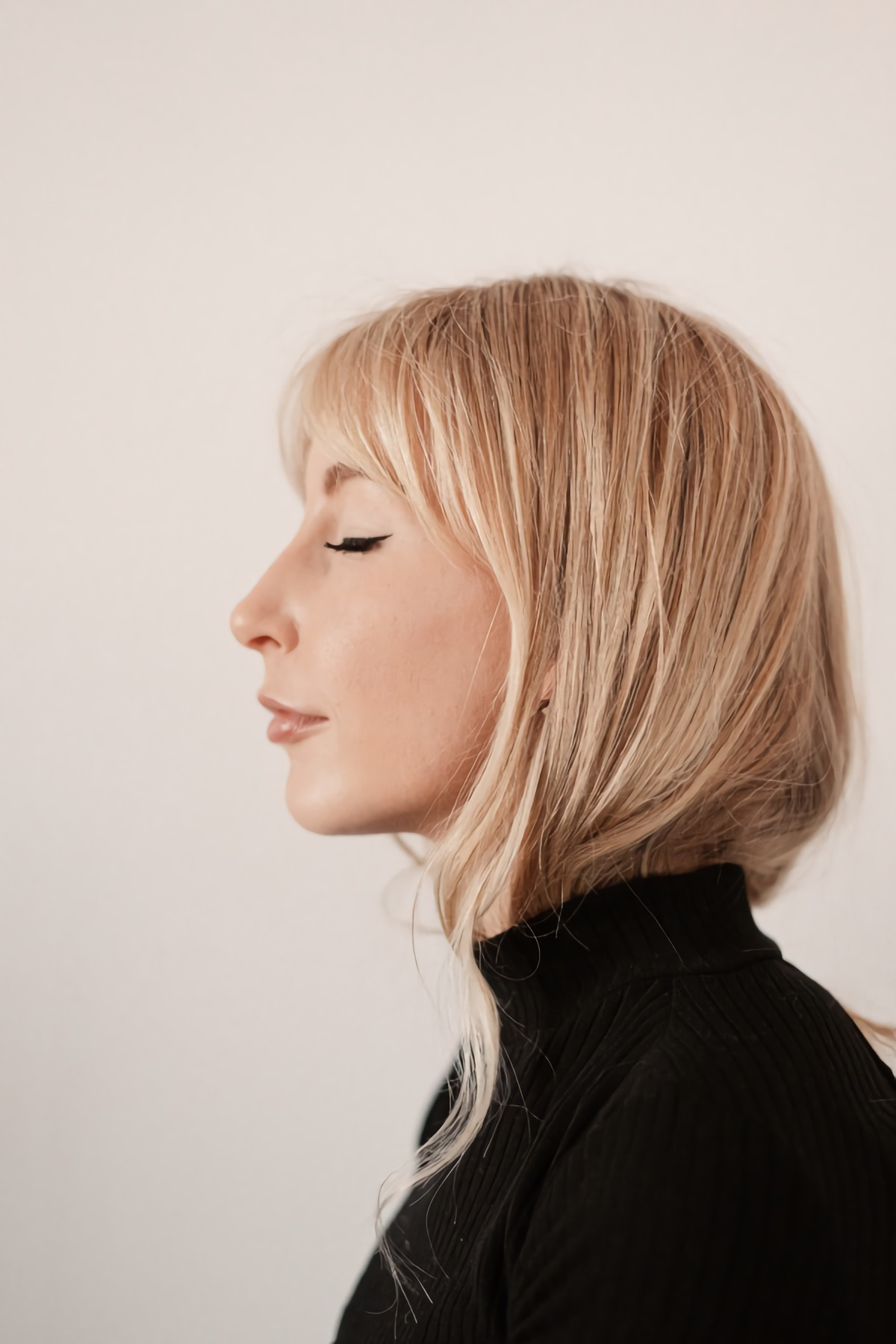
And remember, the best resource is always a professional who can put their hands on your hair. Talk to your stylist during your next visit. We can recommend products and a routine tailored exactly to you, and help you keep your hair looking and feeling amazing, even when the weather is doing its worst.
Inspiration:

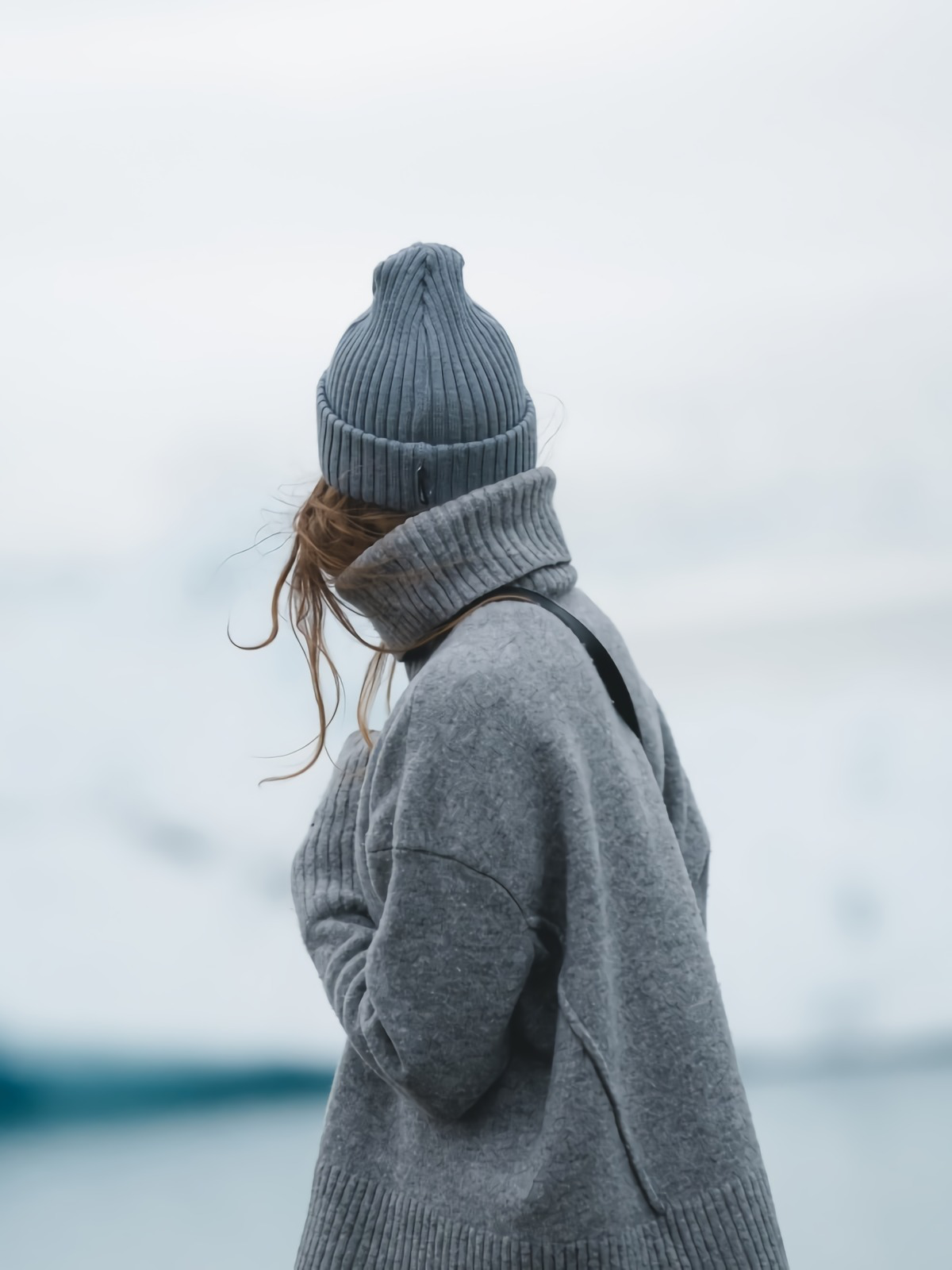
Can an ionic hair dryer really tame winter static?
Absolutely, and the science is surprisingly simple. Friction from hats and dry indoor air builds up a positive electrical charge in your hair, making individual strands repel each other—the root cause of static. Ionic dryers, like the Dyson Supersonic or T3 AireLuxe, release a stream of negative ions that neutralize this positive charge on contact. This not only eliminates flyaways but also helps to flatten the hair’s cuticle, resulting in a smoother, shinier finish that’s far less susceptible to the dry winter environment.

Your pillowcase might be the secret culprit behind winter frizz.
Cotton fibers are absorbent and create friction, roughing up the hair’s cuticle and stripping moisture while you sleep. By switching to a silk or satin pillowcase—brands like Slip or Kitsch offer popular options—you provide a smooth, low-friction surface. This small luxury helps your hair retain its natural oils, significantly reduces morning tangles, and prevents the static that builds from rubbing against coarser fabrics.
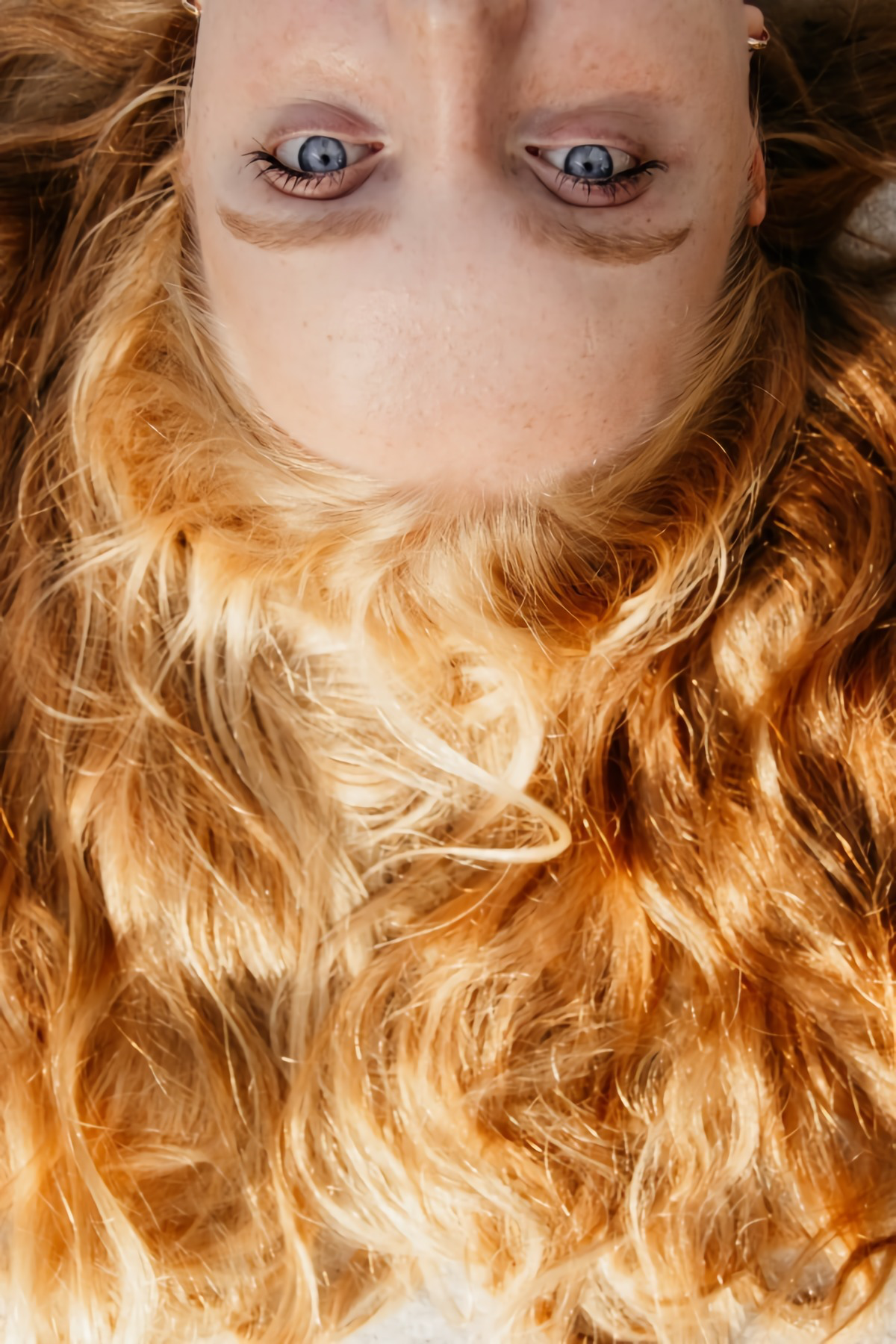
Argan Oil: Often called ‘liquid gold,’ this is your go-to for deep repair. It’s rich in fatty acids and vitamin E, making it perfect for a weekly intensive treatment on dry, brittle ends. A few drops of Moroccanoil Treatment can tame serious frizz.
Jojoba Oil: The star here is its molecular structure, which is incredibly similar to our scalp’s natural sebum. This makes it a lighter, easily absorbed option for daily use to combat dryness without weighing hair down.
For a deep conditioning boost, choose Argan; for daily moisture balance, Jojoba is your ally.

The Hot Shower Trap: A steaming hot shower feels like the ultimate winter luxury, but it’s one of the worst things for your already-stressed hair. The high temperature strips your scalp and strands of their protective natural oils, leaving your cuticle wide open and vulnerable to the dry air that follows. Always finish with a lukewarm rinse to help seal the cuticle, lock in moisture, and preserve shine.
Your kitchen holds the secret to a deeply nourishing winter hair mask. This simple, two-ingredient recipe restores moisture and shine in just 20 minutes.
- Half a ripe avocado: Mash it until completely smooth. Its natural oils and fats penetrate the hair shaft to moisturize from within.
- One tablespoon of raw honey: As a natural humectant, it draws moisture from the air into your hair, providing lasting hydration.
Mix well, apply to damp hair from roots to ends, cover with a shower cap to trap heat, and rinse with cool water.










